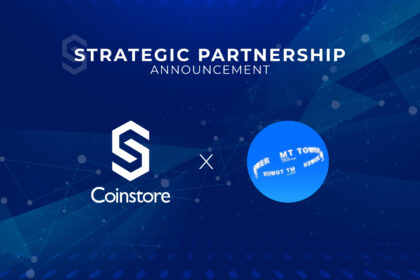In recent years, the term “phygital” has gained popularity among marketers, retailers, and consumers alike. But what exactly is phygital, and why is it becoming increasingly important in today’s business landscape?
What is Phygital?
Phygital refers to the blending of physical and digital experiences, creating a seamless and interactive customer journey. It’s all about merging the online and offline worlds to enhance customer engagement and improve the overall shopping experience.
The concept of phygital is not entirely new. Retailers have been experimenting with combining physical and digital experiences for some time now. However, with the rapid advancements in technology, the possibilities for phygital experiences have grown exponentially.
How Does Phygitals Work?
Phygital experiences can take many forms, such as augmented reality (AR), virtual reality (VR), interactive displays, and digital signage. For example, a customer might walk into a physical store and see a digital display showing real-time product reviews or recommendations based on their browsing history.
Another example is the use of AR technology to enhance the in-store experience. With AR, customers can try on clothes virtually or see how furniture looks in their home before making a purchase.
Phygital experiences can also extend beyond the physical store. For instance, customers might use their mobile devices to interact with a brand’s digital content while in-store or receive personalized recommendations based on their online behavior.
Why is Phygitals Important?
The rise of phygital experiences has significant implications for both retailers and consumers. For retailers, phygital experiences can drive foot traffic, increase engagement, and improve customer loyalty. By offering a seamless omnichannel experience, retailers can create a sense of community and foster long-term relationships with their customers.
For consumers, phygital experiences provide convenience, personalization, and a more engaging shopping experience. By combining the best of both worlds, consumers can enjoy the tactile experience of physical stores while also benefiting from the convenience and personalization of digital channels.
In conclusion, phygital experiences are transforming the retail landscape, providing new opportunities for businesses to engage with their customers and improve the overall shopping experience. With the rapid pace of technological advancements, the possibilities for phygital experiences are endless. As such, businesses that fail to embrace the phygital trend risk falling behind their competitors and missing out on the benefits that come with providing a seamless omnichannel experience to their customers.









